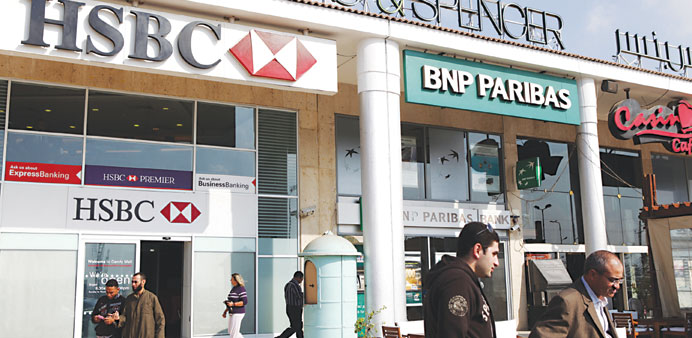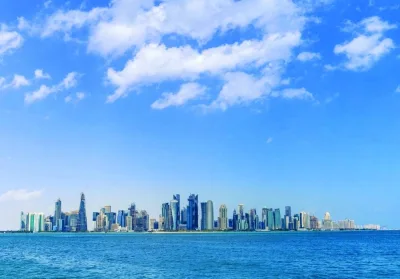Enticed by knock-down prices and cash-strapped European lenders eager to sell, Gulf banks are poised to snap up more assets in emerging markets like Egypt and Turkey as a way of locking in long-term growth outside their much smaller domestic markets.
In the past year, lenders from Qatar and the UAE have purchased banks in Egypt and Turkey, preferring acquisitions to organic growth in markets that until recently were the playground of mostly Western banks. The catalysts for this trend-European banks retrenching and deep pocketed Gulf banks with international ambitions-are expected to remain intact, at least in the near term.
“The leading banks in the GCC will be able to further expand into larger markets since most of them are still earning decent profits and are operating at lower cost-income ratios than banks in all other regions in the world,” said Reinhold Leichtfuss, senior partner and managing director at Boston Consulting Group in Dubai.
“Some of the biggest Middle East banks and lenders, in their respective markets, are outgrowing the rest of the market. This provides them with enough cash flow and capital to undertake acquisitions and grow even beyond the high organic growth rates,” Leichtfuss said.
The increase in M&A activity coincides with the decision by many European banks to exit certain markets to drum up cash to meet more stringent capital regulations at home and as the eurozone’s debt crisis continues to bite.
The International Monetary Fund estimated last year that European banks are trimming down their balance sheets by around $2.6tn or about 7% of their total assets.
“As European banks have to go through this capital raising or deleveraging and they’re trying to adjust to the economic reality, not surprisingly, they are selling some of their non-core assets,” said Timucin Engin, a banking analyst at Standard & Poor’s in Dubai.
Those deleveraging efforts have already spurred the sale of the Egyptian subsidiaries of France’s two largest banks to QNB and Dubai’s Emirates NBD in the second half of last year. Even Egypt’s continuing economic and political struggle couldn’t deter the Gulf banks from a market that is much bigger than their own domestic sectors.
“Bankable populations (in the Gulf) are limited so going forward we will see more interest in overseas assets in order to grow the balance sheets,” said S&P’s Engin. The total population of Gulf countries stands at around 50mn compared to 83mn in Egypt. Both he and other analysts expect banks to look at opportunities in Egypt, but also Indonesia and especially Turkey.
Earlier in March, Commercialbank (of Qatar) acquired a 71% stake in Turkey’s Alternatifbank AS at two times the projected book value of the Turkish lender at the end of June.
Analysts at Kuwait’s Global Investment House say Turkish banks offer the best returns to potential acquirers, particularly Qatari banks, based on current net interest margins, capital ratios, return on equity and price-to-book values.
“The Turkish banks also have relatively low capital strength (average capital adequacy ratio of 15.5%) and may likely need future capital infusion. This increases the probability for Qatari banks to close M&A deals there,” said Global’s head of research Faisal Hasan in a recent research note.
But even given their recent expansion push, Gulf banks lack the experience and history to successfully manage an overseas franchise, which S&P considers a “significant risk factor.” In addition, S&P said it is unsure whether Gulf banks can replicate their domestic success abroad where they face more competition, lower margins, higher cost of labour and more taxation.



